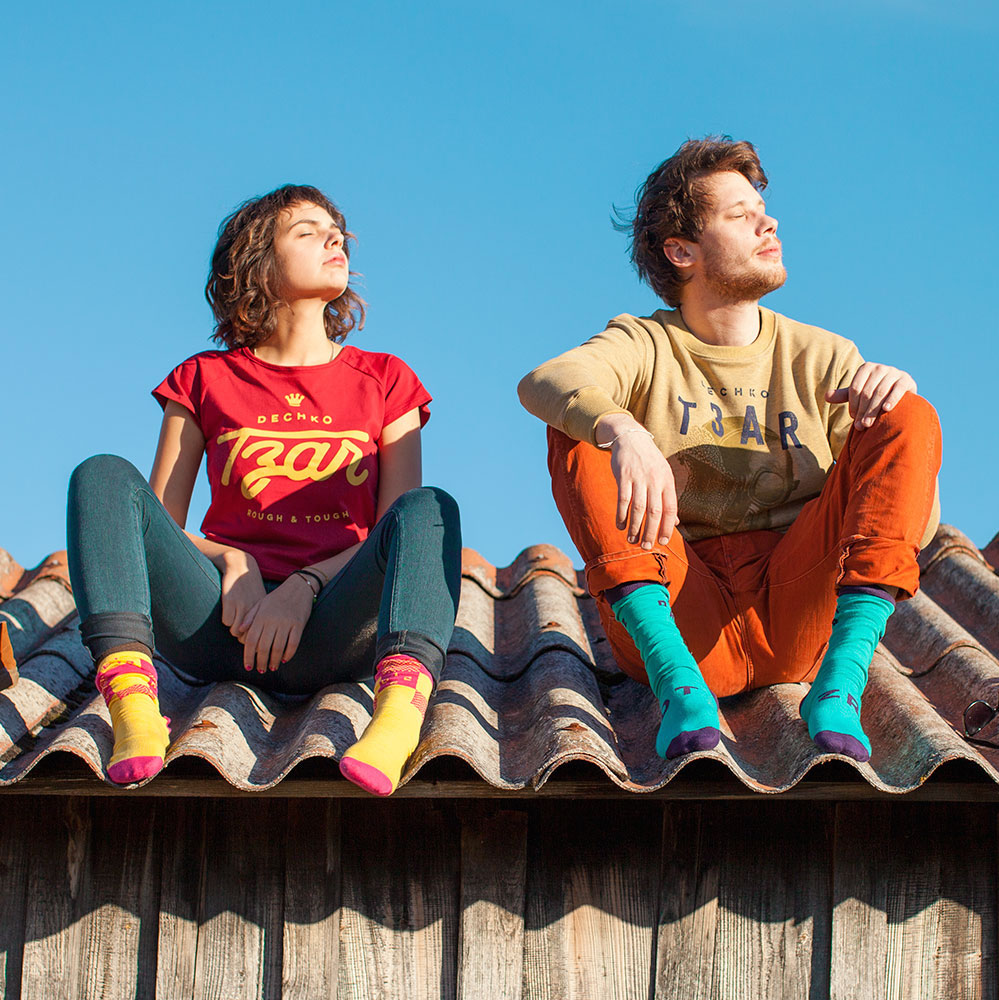Go Wild In The Country
 My curiosity was struck recently by a typically quirky story of the type that regularly features in tabloids and at the end of news shows worldwide. This report involved a plucky pensioner who pulled herself out of a deep well. Using only her bare hands, the eighty-year-old woman had to scramble out of the eleven-metre well after she fell in while trying to fetch water at her home in the southern Serbian village of Ivanje.
My curiosity was struck recently by a typically quirky story of the type that regularly features in tabloids and at the end of news shows worldwide. This report involved a plucky pensioner who pulled herself out of a deep well. Using only her bare hands, the eighty-year-old woman had to scramble out of the eleven-metre well after she fell in while trying to fetch water at her home in the southern Serbian village of Ivanje.
It appears that this elderly woman got out of the situation a little shaken but not at all stirred by her dilemma. After climbing back to dry land, the unperturbed Visiljka Lazović said, “I got fed up with waiting for someone to come and rescue me. It was getting cold so I climbed out myself.” Apparently it is true what that say: they don’t make them like that anymore.
While this is a charming story of passing curiosity, what made it of greater interest to me was how it illustrated that, despite our fixation on modern living, we still hold a soft spot for the sepia-toned image of romantic rural life. Serbia knows this better than most, where the idea of country living modern style is bandied around increasingly more as it invests in regional development beyond the borders of Belgrade.
Serbia is a country of vast range, which is part of what makes it so inviting for tourists. Indeed, there are few countries where I have experienced such an extreme contrast between the hubbub of the city and the rural idyll.
Belgrade is a thriving cosmopolitan city of commerce and culture, buzzing with bars and beautiful people, which is steadily establishing a reputation as an ideal city break. But a short hop from Belgrade and the country adopts a quite different character. Fields of haystacks patchworked across the verdant rolling hills separate the scattered towns and villages, creating a bucolic image that harks back to yesteryear.
The temptation to draw our attention back to that picturesque country scene can be too great for some of the country’s marketeers. Despite all the bluster and swagger of expensive new bridges, glitzy nightlife and international investment opportunities, the chocolate box images of horse-drawn carts and tumbledown barns remain commonplace among the gumpf put out by tourism chiefs.
A few years back, this romantically rustic image of farmers carrying hay to market was more commonly attached to Hungary and Romania. In their pre-EU days, we were fed the idea of these countries as rural havens on Europe’s doorstep. It made them appear less threatening, more tranquil. Maybe there is something more than coincidence in that image being propagated by Serbia now.
Of course, playing up the pastoral factor is something we know well in England, where many towns and cottage industries have staked their fortune on images of ‘ye olde worlde tyme’. It is also a tactic that must be familiar to some Serbian restaurateurs who seem only too happy to play on their quaint ‘historic’ credentials to attract gullible tourists.
There is the occasional cross-over, when country life seeps through into the urban. I can clearly recall my first experience of seeing a weather-beaten old man driving his homemade motorbike-trailer contraption on the outskirts of Belgrade. That in itself was enough to make me look, but the real head-turner was that he had a massive pig strapped to the back. Presumably this was the porker’s final journey (although the vegetarian in me would like to think the jolly farmer was taking his pet for a joyride).
Maybe it is partly this two-speed life that is currently aiding Serbia in becoming so attractive to tourists who are discovering the heady mix of modern city life and country relaxation. That is not to say, however, that those in the country do not know how to live life in the fast lane. Indeed, there is plenty of evidence to suggest that it is still perfectly possible to go wild in the country.
That is something special about Serbia: the feeling of being at a crossroads of cultures and lifestyles, where worlds literally collide. It is an essence of Serbia that should not be lost in the rush towards modernisation and improvement. Change will come, living standards must rise, but the soul of Serbian life should remain intact.
 Marcus Agar has been commissioned by Wannabe Magazine to write a series of reports on life in Serbia. Click for Serbian or for an interview in English or Serbian.
Marcus Agar has been commissioned by Wannabe Magazine to write a series of reports on life in Serbia. Click for Serbian or for an interview in English or Serbian.



No comments yet.
Be first to leave your comment!